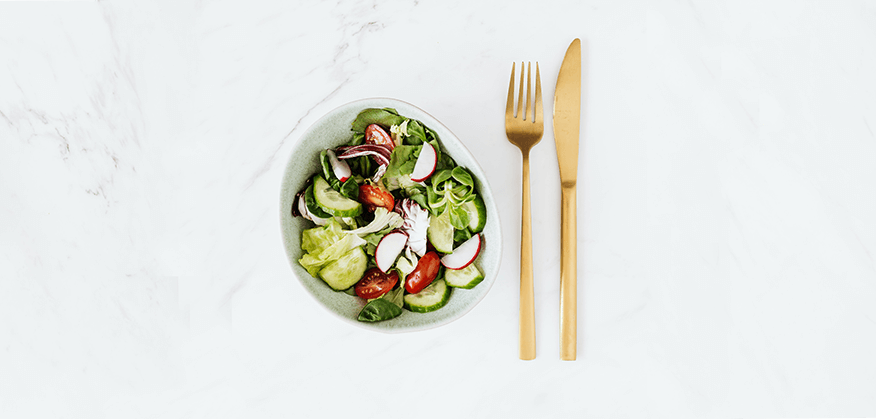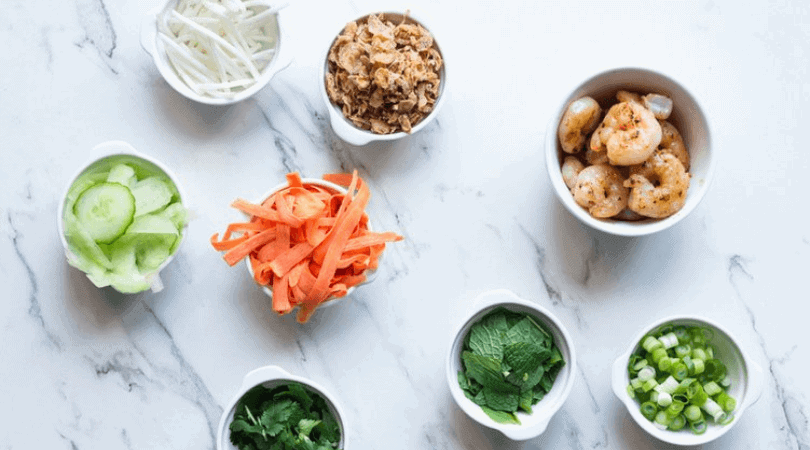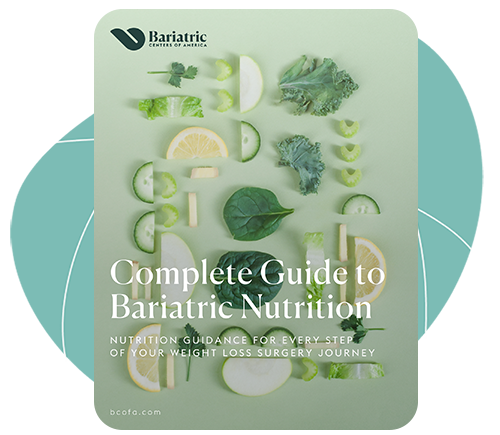
“Portion control” after bariatric surgery is a word that is frequently heard in the weight loss industry. Like any doctor or nutritionist will tell you, you can not successfully lose weight without limiting the amount of food you consume during each meal. Although the right portion size is different for every individual depending on your height, weight, gender, and activity level, it is important to actively practice moderation and portion control in order to effectively lose weight and keep the weight off.
Portion control after bariatric surgery can be a hard thing to do in today’s world that is full of All-You-Can-Eat Buffets and $1 Large Sodas at McDonald's. However, with a few simple tips you can be on your way to understanding how to measure the appropriate portions and eating your weight…off!

So, what should my plate actually look like?
Most health sites will tell you to follow the 50/25/25 rule, meaning divide your portions by having 50% of your meal be vegetables, 25% be protein and 25% be starchy vegetables or carbohydrates. However, Bariatric Centers of America clinics preach the 60/40 rule, meaning cover your plate with about 60% protein and 40% green vegetables.
But what about the carbs?
Most of our patients are about losing weight, ridding themselves of diabetes and other health-related diseases, and ultimately leading a healthy lifestyle. As explained in our previous blog post, protein is the building blocks for our body, but it also stimulates hormones that subdue hunger. Therefore, by filling up on proteins and low carb, low calorie, and high fiber vegetables, you can ensure you will stay full for longer while fueling your body with the nutrients it needs.
*Although most nutritionists may claim that carbs are an essential form of energy for the body, we find that most of bariatric patients are able to meet an appropriate daily carbohydrate goal that will allow them to feel energized while losing weight.

How to practice portion control after bariatric surgery on a daily basis:
1. Share a meal. Restaurant portions are notorious for giving you way more than the average person should eat. Therefore, when you go out to dinner try to share a meal with someone. If that is not feasible, have the waiter box up half of the meal to go before it is brought out. That way you can ensure you are not over eating just because it is in front of you.
2.Downsize your dishware. It is not a bad idea to invest in smaller plates for the simple fact that we are able to trick our minds into thinking we are eating more when we see that the plate is full.
3. Plan your meals. If you are the type of person who frequently buys lunch during the work week because you are “too busy” to pack it, we recommend packing your dinner leftovers the night before. Whether you need to cook just a little bit more to ensure you have enough for dinner (with some leftover for lunch the next day) or if you just need to scoop a little less on your dinner plate, it is easy to portion out lunch especially when you prepare for it.
4. Eliminate the bag. It is so easy to plop down on the couch or pull out your laptop with a bag of chips by your side. However, this is risky because without measuring out the portion and serving sizes beforehand, you are likely to subconsciously eat way more than you should which could ultimately lead to binge eating habits. Therefore, try to pour your snack into a bowl before you begin indulging.
5. Focus on the food. In today’s busy society, it is easy to make excuses to take out your cell phone at dinner or eat a meal in front of the television. However, by combining these distractions with mealtime, it is easy to overeat because you are not paying attention to how much you are consuming or your feelings of fullness.
Disclaimer: Clear the Confusion
According to the National Heart, Lung and Blood Institute you can decipher a portion and serve based on the following definitions.
- A portion is the amount of food that you choose to eat for a meal or snack. It can be big or small, you decide.
- A serving is a measured amount of food or drink, such as one slice of bread or one cup (eight ounces) of milk.












